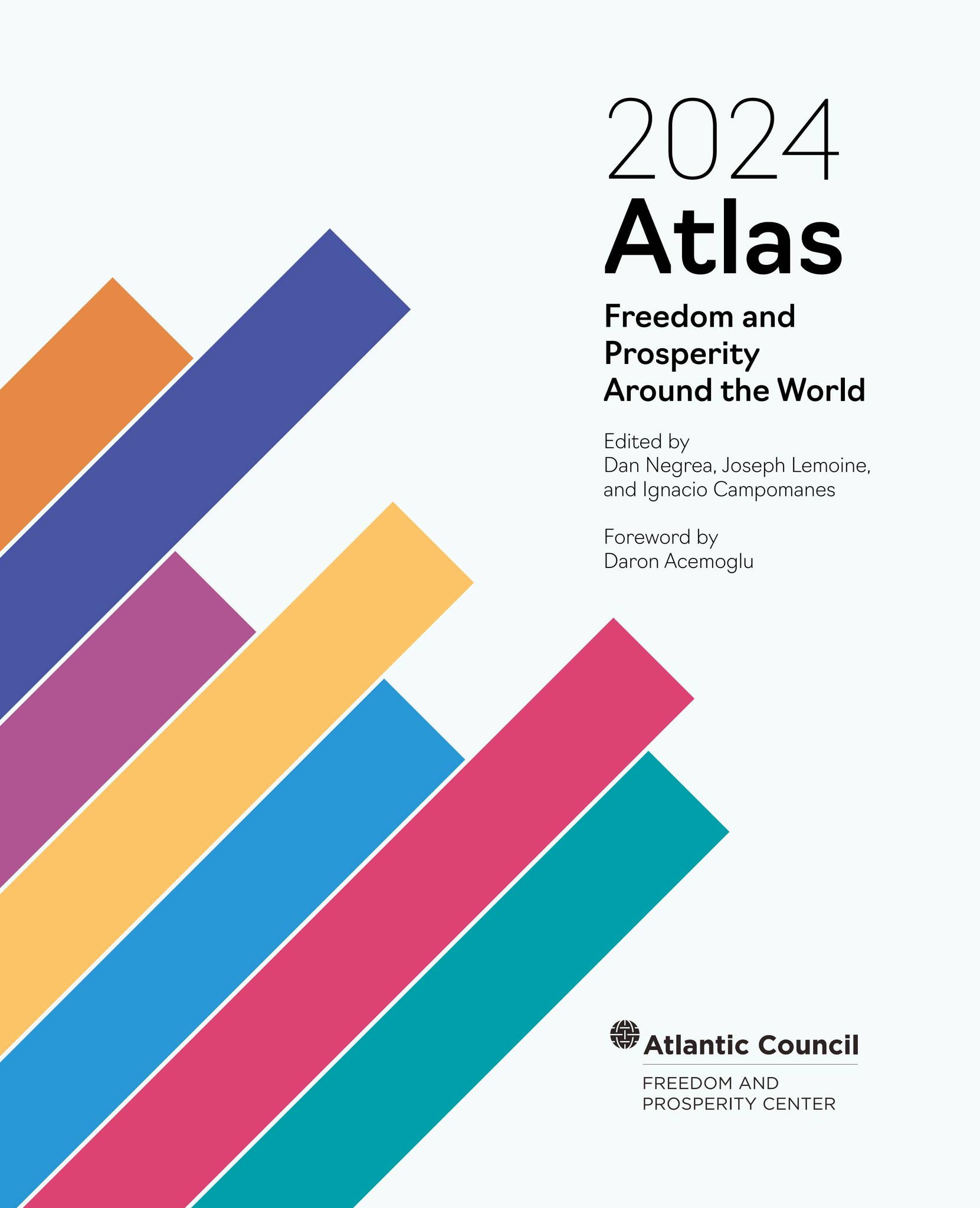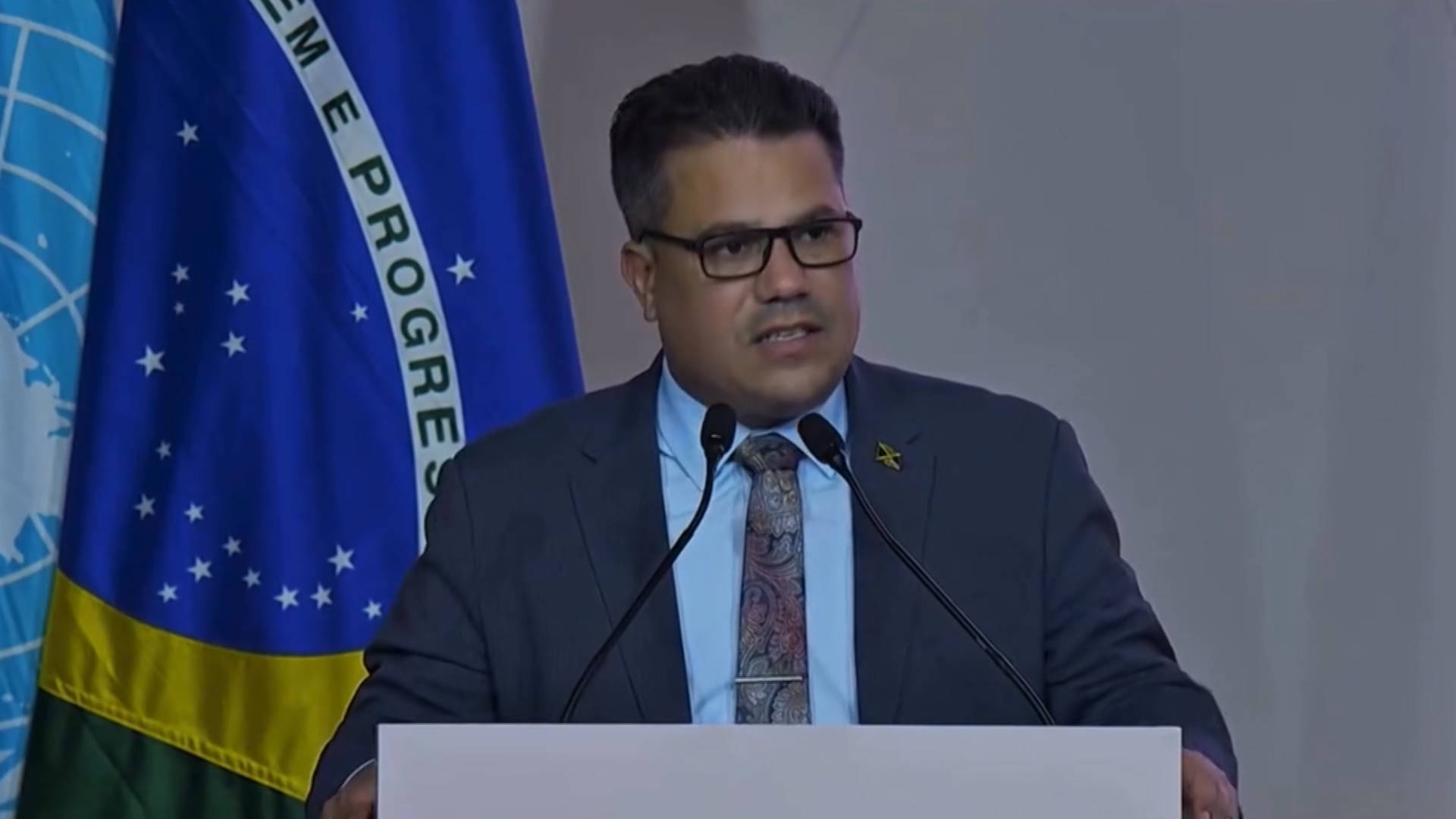Brazil and Colombia share strategies for disaster risk reduction and urban inclusion – TV BRICS

Brazil-Colombia Technical Mission Advances Sustainable Development Goals in Urban Planning
Introduction: Fostering Partnerships for Sustainable Urban Development
A Brazilian government delegation conducted a technical mission in Colombia, operating under a cooperation agreement with the United Nations Office for Project Services (UNOPS). This initiative exemplifies a commitment to SDG 17: Partnerships for the Goals, aiming to exchange knowledge on integrated public policies. The mission’s core objective is to advance SDG 11: Sustainable Cities and Communities by improving urban living conditions and resilience.
Strategic Focus on Inclusive and Resilient Cities
The delegation’s activities in Bogota and Medellin centered on key targets within SDG 11. Discussions and site visits focused on creating inclusive, safe, and sustainable urban environments, particularly in peripheral communities, thereby also addressing SDG 10: Reduced Inequalities. Key areas of focus included:
- Sustainable Transport: Enhancing public transport systems to ensure accessible and sustainable mobility for all (Target 11.2).
- Public Spaces and Social Infrastructure: Upgrading and expanding public spaces and social facilities to improve quality of life and foster community well-being (Target 11.7).
- Affordable Housing: Developing adequate and affordable housing solutions for underserved populations (Target 11.1).
Enhancing Disaster Risk Reduction and Climate Resilience
A significant component of the exchange involved strategies for disaster risk reduction, directly aligning with SDG 11.b and SDG 13: Climate Action. The collaboration highlighted shared approaches between the two nations.
- Policy Alignment: Meetings with Colombia’s Ministry of Housing, City and Territory confirmed a shared vision for managing disaster risks in urban peripheries.
- Participatory Methodologies: Colombia’s National Unit for Disaster Risk Management presented its community mapping initiative, a participatory approach similar to Brazil’s Community Risk Reduction and Climate Adaptation Plans. This method empowers local communities and strengthens local governance, contributing to SDG 16: Peace, Justice and Strong Institutions.
Policy Outlook: A Socially and Environmentally Just Urban Agenda
National Secretary for Peripheries, Guilherme Simoes, emphasized the strategic value of Latin American collaboration in achieving sustainable development. The mission underscored a commitment to shaping a just urban agenda through:
- Nature-Based Solutions: Integrating natural systems into urban planning to enhance environmental sustainability and resilience.
- Participatory Policymaking: Ensuring community involvement in the planning and implementation of urban projects to create equitable outcomes.
This cooperative effort reinforces the principle that international partnerships are crucial for accelerating progress on the Sustainable Development Goals, particularly in creating resilient and inclusive urban futures for all.
Analysis of SDGs, Targets, and Indicators
1. Which SDGs are addressed or connected to the issues highlighted in the article?
- SDG 11: Sustainable Cities and Communities
- SDG 13: Climate Action
- SDG 17: Partnerships for the Goals
2. What specific targets under those SDGs can be identified based on the article’s content?
-
Target 11.1: By 2030, ensure access for all to adequate, safe and affordable housing and basic services and upgrade slums.
- The article mentions that the agenda for the technical cooperation included initiatives to “develop housing” and improve the “quality of life in peripheral communities,” which directly relates to providing adequate housing and upgrading underserved areas.
-
Target 11.2: By 2030, provide access to safe, affordable, accessible and sustainable transport systems for all.
- The cooperation focused on urban development initiatives, specifically including efforts to “enhance public transport.”
-
Target 11.3: By 2030, enhance inclusive and sustainable urbanization and capacity for participatory, integrated and sustainable human settlement planning and management in all countries.
- The article highlights the use of “participatory methods” in community mapping and “participatory policymaking” as key elements of the collaboration, aligning with the goal of inclusive and participatory urban planning.
-
Target 11.5: By 2030, significantly reduce the number of deaths and the number of people affected… caused by disasters.
- A primary focus of the mission is “disaster risk reduction.” The article mentions Colombia’s National Unit for Disaster Risk Management and Brazil’s Community Risk Reduction Plans, both aimed at mitigating the impact of disasters on communities.
-
Target 11.7: By 2030, provide universal access to safe, inclusive and accessible, green and public spaces.
- The delegation’s agenda included initiatives to “upgrade public spaces” as part of its focus on urban development and sustainability.
-
Target 13.1: Strengthen resilience and adaptive capacity to climate-related hazards and natural disasters in all countries.
- The article explicitly mentions Brazil’s “Community Risk Reduction and Climate Adaptation Plans,” which are direct strategies to build resilience and adaptive capacity to climate-related disasters.
-
Target 17.9: Enhance international support for implementing effective and targeted capacity-building in developing countries to support national plans to implement all the Sustainable Development Goals.
- The entire mission is an exercise in capacity-building. The “international technical cooperation agreement” between Brazil and Colombia, facilitated by UNOPS, is designed to “exchange knowledge and best practices” to support national policies on urban development and disaster risk reduction.
3. Are there any indicators mentioned or implied in the article that can be used to measure progress towards the identified targets?
-
Indicator for Target 11.3 & 11.5: The adoption and implementation of national and local disaster risk reduction strategies.
- The article implies this indicator by referencing specific strategies being shared and implemented, such as Colombia’s “community mapping initiative” and Brazil’s “Community Risk Reduction and Climate Adaptation Plans.” The existence and application of these plans are a measure of progress.
-
Indicator for Target 11.1, 11.2, 11.7: The implementation of specific urban development initiatives.
- Progress can be measured by the successful execution of the initiatives mentioned in the article, such as projects to “enhance public transport, upgrade public spaces, expand social infrastructure, and develop housing.”
-
Indicator for Target 17.9: The existence and execution of international cooperation agreements.
- The “international technical cooperation agreement between Brazil’s National Secretariat for Peripheries, and the United Nations Office for Project Services (UNOPS)” is a direct indicator. The number of “meetings and technical visits” carried out by the delegation serves as a metric for the execution of this agreement.
SDGs, Targets and Indicators Table
| SDGs | Targets | Indicators |
|---|---|---|
| SDG 11: Sustainable Cities and Communities |
11.1: Access to adequate housing and basic services. 11.2: Access to sustainable transport systems. 11.3: Inclusive and sustainable urbanization and participatory planning. 11.5: Reduce the impact of disasters. 11.7: Access to green and public spaces. |
Implementation of initiatives to “develop housing,” “enhance public transport,” and “upgrade public spaces.” Adoption of “participatory methods” and “participatory policymaking” in urban planning. Implementation of “Community Risk Reduction” plans and “community mapping initiatives.” |
| SDG 13: Climate Action | 13.1: Strengthen resilience and adaptive capacity to climate-related hazards. | Adoption and implementation of “Climate Adaptation Plans.” |
| SDG 17: Partnerships for the Goals | 17.9: Enhance international support for capacity-building. | Existence and execution of the “international technical cooperation agreement” between Brazil, Colombia, and UNOPS to “exchange knowledge and best practices.” |
Source: tvbrics.com

What is Your Reaction?
 Like
0
Like
0
 Dislike
0
Dislike
0
 Love
0
Love
0
 Funny
0
Funny
0
 Angry
0
Angry
0
 Sad
0
Sad
0
 Wow
0
Wow
0











































































